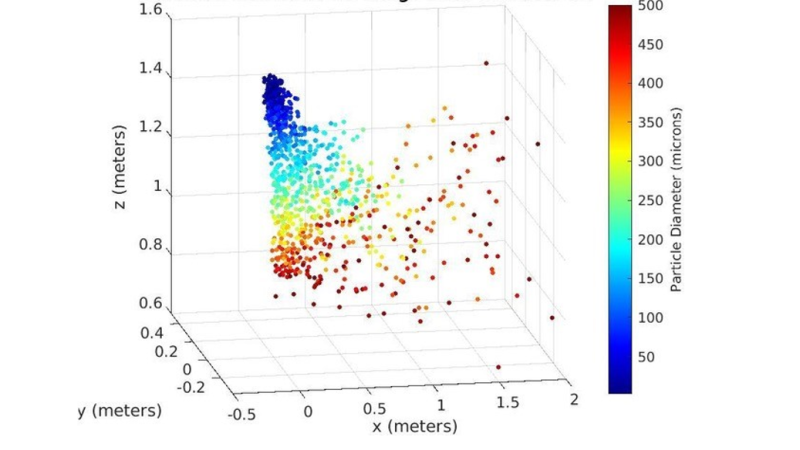March 11, 2021

An autonomous robot capable of seeking out, capturing, and killing the virus that causes COVID-19 is being developed and built by a multi-institutional team of students and researchers from across the nation – including a group of engineers from Rensselaer Polytechnic Institute.
In addition to being equipped with artificial intelligence, the robot will have an optical laser system that can identify the virus in a room, air filtering systems that can capture viral droplets, and UV lighting that can be used to kill the virus.
Each of these crucial pieces is being researched, designed, and developed through vertically integrated project courses at a consortium of universities and institutions. Led by Purdue University, the consortium includes Rensselaer, the University of Illinois Urbana-Champaign, the National Autonomous University of Mexico, and Silicon Valley technology developers. Support from the Intel Response Technology Initiative has played a critical role in the development of COVID-19-related technologies within the team.
At Rensselaer, a group led by Lucy Zhang, a professor of mechanical, aerospace, and nuclear engineering, has contributed to the project by completing complex predictive simulations of classroom safety by looking at air flow in a classroom given its size, HVAC system, and occupants — including what happens when those people are talking, coughing, or sneezing. Zhang is joined in this research by Teddy Mischel and James Cassidy, graduate students in mechanical engineering, and Ethan Wilens, a graduate student in aerospace engineering.
“We use computational fluid dynamics coupled with a distribution of different sized particles,” Zhang said. “We can simulate how these particles flow in air with a HVAC system in place and how long it will take for these different, precise particles to settle down on the ground.”
The Rensselaer team has also played a crucial role in helping to design the air filter used within the robot. Zhang’s expertise in flow has been central to understanding how viral droplets would be efficiently collected by the filter.
“These types of filters need a lot of detailed design,” Zhang said. “There are all these interactions that need to come together to see how effective the filter should be.”
In the future, Zhang and her team would like to use the information they’ve gathered to design an app that could be used by any college or school to design the optimal classroom setup for maximized health and safety. This type of research, Zhang said, could be useful beyond the COVID-19 pandemic.
“All of these technologies that we are designing, every aspect of them can be used very widely in many applications,” Zhang said.
“Using social challenges to engage a broad range of diverse students, including K-12 and alumni, while deploying new innovations represents a model for the future of STEM education,” said Luciano Castillo, the consortium lead and the Kenninger Professor of Renewable Energy & Power systems at Purdue University.